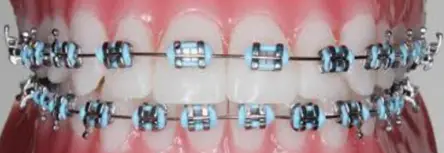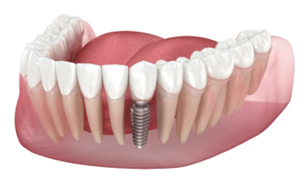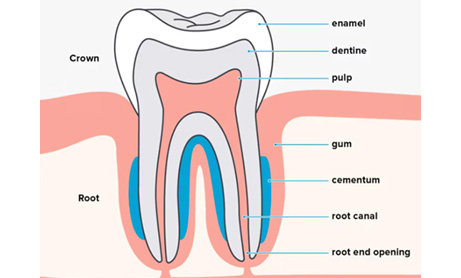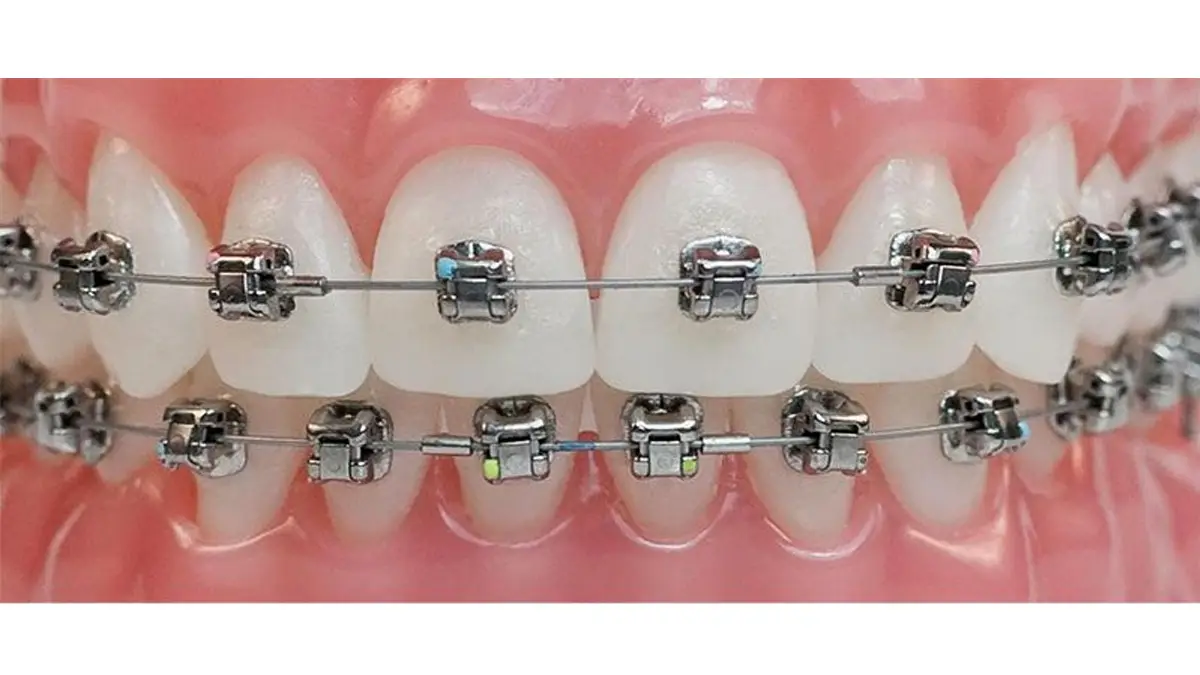

It is not an uncommon sight to see a person usually between the age of 12 to 20 wearing braces. Previously, this would be a result of parents dragging unwilling kids to the orthodontist to get their teeth aligned. Nowadays, it is the kids who request their parents to help them achieve a perfect smile and alignment. Then comes the question of braces versus aligners. This seems to be a common query of late. Thanks to the reach of social media and the power of advertising, a lot of people have heard about aligners. Some people have an idea about how they work, some actually benefit from them and a lot of people wrongly think of them as a quick fix solution.
What are braces and aligners?
Braces and aligners are the most common ways to correct crooked, protruding or gapped teeth. They also help to correct open bite (gap between upper and lower teeth) and deep bite (excessive overlap between upper and lower teeth). Braces and aligners can help you achieve a pleasing smile and a functional bite. Braces are fixed onto the teeth while aligners are removable.
How they work
Aligners and braces work exactly the same way; by putting gradual, controlled pressure on the teeth to guide them into the proper position. The controlled pressure causes the bone around the roots to remodel as per the direction of the force. This is why it is important to get your treatment done by a qualified orthodontist.
What to expect
Braces: The orthodontist will fix metal or ceramic blocks called brackets on the teeth. A thin metal wire will be passed through these brackets. The patient is expected to come once a month to replace the wire. After the treatment is complete, the wire and brackets will be removed and a retainer will be given to maintain the teeth in the corrected alignment.
There may be some discomfort associated with braces, especially in the initial couple of days. This is usually easily managed with mild painkillers. The patient is also expected to be extra vigilant with brushing and avoid hard and chewy food.
Aligners: The teeth will be scanned and a set of customised clear polyurethane trays that fit perfectly onto the patient’s teeth will be prepared. The patient is advised to wear these for at least 23 hours a day, except while eating, brushing and bathing. Usually, a set of 14 to 18 aligners is made, corresponding to various stages of treatment. the patient can comfortably move to the next aligner on his/her own as and when advised by the orthodontist.
The patient can comfortably eat everything. Aligners are comfortable compared to conventional braces and easier to maintain. However, they demand discipline from the patient to wear them for the prescribed time.
Here’s a quick comparison of the two options:
Parameter | Braces | Aligners |
Fixed/ Removable | Fixed | Removable |
Visibility | Obvious | Inconspicuous |
Food restrictions | Yes | No |
Comfort | Moderate | Very comfortable |
Maintenance | Needs cleaning and care | Low maintenance needed. |
Results | Predictable, controlled | Variable as relies on patient compliance |
Corrections | Can correct even major misalignment | Best suited for mild corrections |
Expense (INR) | Usually between 30K to 95K | Usually between 1L to 2.5L |
Types
There are several options within braces and aligners. Braces can either be metal, ceramic (tooth-coloured) or lingual. They can be with elastics or without elastics (self-ligating/Damon braces). Ceramic braces are more aesthetic and comfortable than metal ones. Self-ligating braces are more comfortable and fast acting than conventional braces. For detailed information please refer to Types of Braces article.
Aligners are available from different companies. Some of these are more reliable than others. They differ in comfort, results and cost.
Expert opinion
Braces are a more predictable option, especially when patient compliance is questionable. Aligners are a fantastic and aesthetic option for minor alignment correction.
Conclusion
Thus, both braces and aligners are different routes to get to the same destination. Choice of treatment depends on the degree of correction needed, patient compliance and desire, and affordability. Consult your orthodontist to know what is best for you.








